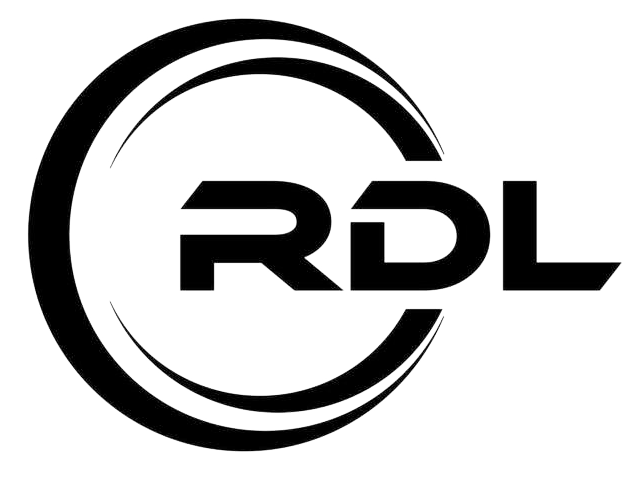As discussed in the previous articles, under the Romanian deadlift umbrella is the single-leg RDL, along with the dumbbell RDL and trap bar RDL. But what sets this type of exercise apart from the rest of the variations of the Romanian deadlift? In this article, we will deep dive into the benefits and how to choose the proper equipment choices in executing this movement so you can better incorporate the single-leg RDL into your workout routine.
Benefits of the Single-RDL Exercise
To recap, the single-leg RDL is a movement where you hinge your hips and extend one leg behind you, balancing on one foot. This exercise promotes flexibility and stability, enhances athletic performance, and strengthens your lower body and core to prevent injuries during vigorous activities. Let’s take a closer look into the benefits of the single-leg RDL further.
If you are an athlete, practicing this movement allows you to build single-leg strength and prepares you for explosive activities such as sprinting, jumping, and plyometrics as it targets the fundamental muscles for these skills, including the hamstrings and glutes. Additionally, this exercise also eliminates strength imbalances on both sides of the body, which is the key driver for body stability.
On the other hand, if you are a non-athlete, the single-leg RDL is a crucial exercise that you should add to your workout routine if you are building lower-body strength and improving the quality of your health and glute size, as it increases muscle activation in that area.
Overall, if you have mastered the proper form of a typical RDL and are looking to level up to an alternative exercise that will challenge you to perform better, the single-leg RDL should definitely be on your workout routine!
Equipment Choices: Dumbbell or Kettlebell?
Now there are two ways you can execute this movement—either with a dumbbell or a kettlebell. Not sure which one best fits your needs? We’ve got you covered!
| Which equipment works best for you?
If your goal is to exercise with an even weight distribution and have more control over your movements, then a dumbbell is the way to go. Otherwise, if you wish to have greater core engagement and improve your grip strength, then you should opt for a kettlebell.
However, if this is your first time doing a single-leg RDL, you can just start performing this exercise with your body weight, and just the same, you’ll see great results! For a bodyweight single-leg RDL, you are mostly enhancing your hamstrings, glutes, back, and calves, whereas adding weights to your workout will additionally target your lats, traps, and forearms, as they increase strength in your erectors, scapula stabilizers, and anterior core.
Remember, don’t rush yourself to execute any exercise with heavy weights; the most important principle in working out is to prioritize your form over increasing weights. By progressing through your fitness journey in a patient and steady manner, you are reaching your physique goals more efficiently than forcing yourself to rush into the process, which could only lead to injuries or ineffective performance.
FAQs
1. How often should I do the single-leg RDL?
You can perform this exercise 2-3 times per week, depending on your fitness goals and recovery capacity.
2. Should I use a dumbbell or kettlebell for the single-leg RDL?
It depends on your focus—dumbbells provide better weight distribution and control, while kettlebells enhance core engagement and grip strength.
3. Why do I struggle with balance during the single-leg RDL?
Lack of balance can be due to weak stabilizer muscles or poor core engagement. Start with bodyweight RDLs and progress gradually.
4. What are common mistakes to avoid in the single-leg RDL?
Avoid rounding your back, locking your standing leg, losing control, or lowering the weight too far. Focus on controlled movements.
5. Can the single-leg RDL replace regular deadlifts?
Not entirely, but it is a great supplementary exercise to strengthen unilateral stability, correct imbalances, and build glute and hamstring strength.

